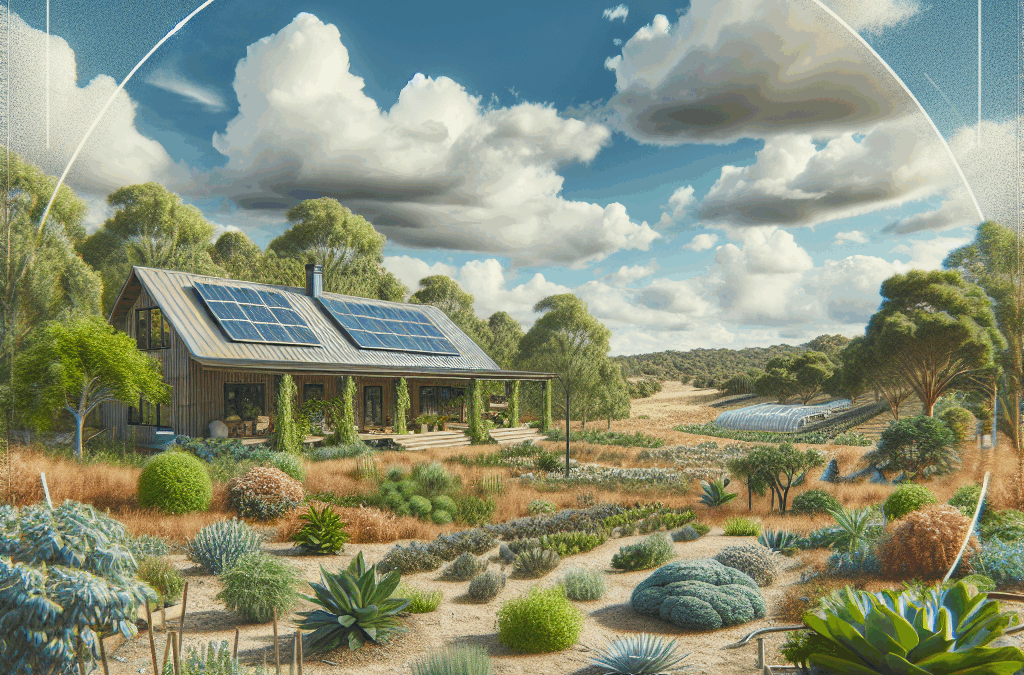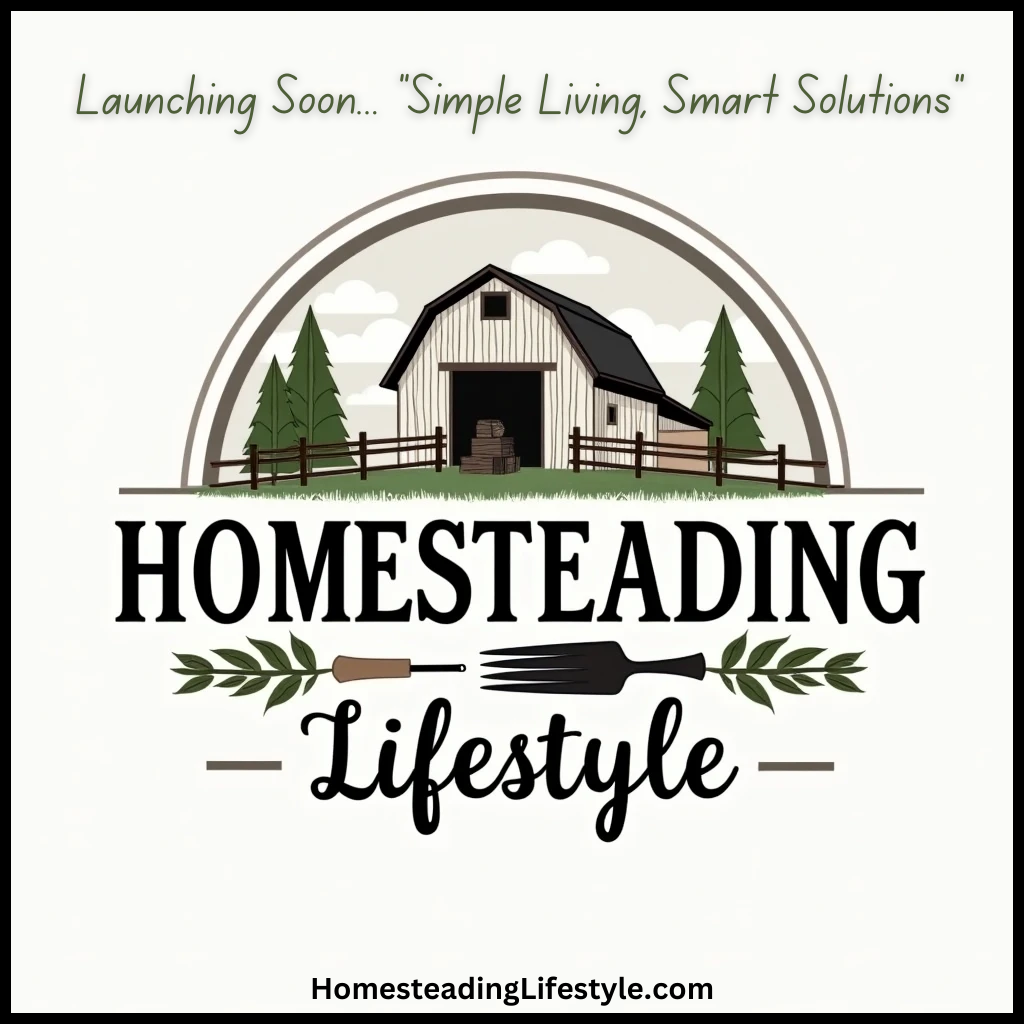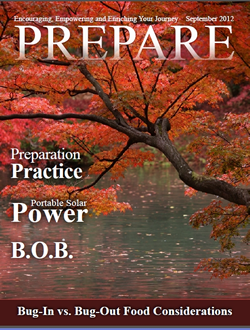Understanding Drought-Resistant Plants
Choosing the Right Species
When I first started thinking about creating a drought-resistant landscape, I quickly learned that the right plant choices make all the difference. Native plants are often the best options. They’ve adapted to your local climate and soil conditions over time, meaning they can usually thrive without much additional water.
Even within non-native species, look for those labeled as drought-tolerant or xeriscape plants. These plants have evolved in harsher conditions and can manage with less water. I often find succulent varieties to be particularly appealing – they offer stunning aesthetics without demanding too much hydration.
Don’t forget about grasses! Many ornamental grasses are tough as nails and can provide that lush look you want without guzzling water. By choosing the right species, you set yourself up for success.
Group Plants Wisely
Another key aspect of creating a drought-resistant landscape is plant grouping. I like to call it “plant companionship.” By grouping plants with similar water needs together, I not only conserve water but also minimize the risk of overwatering. It’s about creating micro-ecosystems that can thrive independently.
For example, I create zones in my garden. The succulents chill together, while the native wildflowers enjoy company from the shrubs that can also handle dry conditions. It’s like having a little drought party, and everyone’s invited!
When planning your layout, take note of sunlight and shade patterns, too. Some plants might need a bit more cover than others, so keeping them together helps maintain their health, enhancing the beauty and longevity of your garden.
Soil Amendments for Drought Resistance
I’ve come to realize that the soil quality can either make or break your drought-resistant landscape. Starting with good soil is crucial to helping your plants retain moisture. Organic amendments such as compost or well-rotted manure work wonders for improving soil structure.
Additionally, I swear by mulch. It’s honestly a backyard magician! Mulch acts as a barrier, helping reduce evaporation from the soil. Plus, it adds nutrients as it breaks down, which can be beneficial for your plants.
If you can, do a soil test. Knowing your soil’s pH and nutrient levels can guide you in making adjustments necessary for your plants to thrive without excessive watering.
Efficient Watering Practices
Installing Drip Irrigation
When I started out on my homestead, watering was a huge concern. That’s when I discovered drip irrigation. This system delivers water precisely where it’s needed – at the roots of the plants. Talk about a game changer!
Setting up a drip irrigation system can initially seem intimidating, but I took it one step at a time. I laid out my garden, determined the water needs of each plant zone, and designed my system accordingly. Not only did it save me water, but it also made my life so much easier. Less waste and more time enjoying my garden!
Plus, a drip system can be set on a timer. I’ll admit, there’re days when I forget about watering, but thanks to this smart setup, my plants are never left thirsty.
Watering Schedule Adjustments
Adapting your watering schedule to the seasons is vital. I usually notice that my plants can go longer without extra water during cooler months. In the summer, I tend to water in the early morning or late evening – that’s when evaporation is lower!
Keeping an eye on the weather helps too. After a heavy rain, I adjust my schedule accordingly. It’s amazing how much our gardens can drain and manage on their own with a bit of observation.
Befriend a moisture meter; it has changed the game for me. It tells me when my soil really needs a drink. This tool takes the guessing out of watering and prevents overdoing it.
Collecting Rainwater
One of my favorite projects has been setting up a rainwater collection system. It felt good to channel Mother Nature’s resources right into my garden. It’s eco-friendly and really helps in maintaining that drought-resistant model I’m aiming for.
To get started, I installed a rain barrel under my gutter downspout. It’s amazing how quickly it fills up after a storm! Having this saved water has been fantastic for those dry days when the typical watering solutions just aren’t cutting it.
Plus, rainwater is often better for plants than potable water since it doesn’t have the chemicals that municipal water supplies do. My plants thrive, and my garden has never looked better!
Creating a Solid Mulch Layer
Choosing the Right Mulch Material
When it comes to mulch, there are countless options out there, but it’s important to choose the right material for your landscape. I’ve found organic options, like wood chips or straw, to be the most effective. They provide insulation for the soil while also encouraging beneficial organisms.
Rubber mulch is another option, particularly good for preventing weeds. But be aware that it can hold heat and sometimes isn’t as aesthetically pleasing as organic options. I prefer the natural look in my garden, so wood chips have become my go-to.
Your choice of mulch can affect how your garden breathes and drains, so make sure to match the type of mulch with your plants’ specific requirements.
Applying Mulch Correctly
There’s an art to applying mulch that I’ve definitely mastered through practice. When I add mulch, I aim for a 2-4 inch layer around my plants with a small gap at the base to prevent rot. Too thick and it can smother your plants; too little and it won’t do much good at all.
Also, I avoid piling mulch directly against the plant stems. A bit of breathing room is essential for the health of the plants. I love how a nice mulch layer can make everything look tidier while protecting my plants against the elements.
Every season, I refresh my mulch. It decomposes over time, so topping it up helps maintain its benefits. Regular upkeep goes a long way!
Edging for Erosion Control
Proper edging around plant beds has been a major breakthrough for me in stopping erosion, especially during heavy rain. I’ve used a variety of natural stones and timber to create distinct boundaries in my garden.
Edging not only looks great, but it also helps keep my mulch in place and provides structure to my landscaping. I feel it’s an essential step towards maintaining the health and hydration of my garden.
When installed correctly, edging can also guide rainwater directly into your plants instead of just running off into the street. It’s like directing a drink to your garden straight from the heavens!
Encouraging Biodiversity
Plant Diversity
I’ve realized just how much biodiversity can benefit a drought-resistant landscape. By introducing a good mix of plants – think perennials, annuals, and even some ornamental varieties – I’ve encouraged a balance that creates a resilient ecosystem.
A diverse plant community attracts various pollinators, and I’ve noticed that my blooms have grown significantly healthier since I made this switch. It’s like inviting a bunch of friends over for a garden party; the more, the merrier!
Plant diversity can also deter pests naturally. When the bad guys can’t find their favorite munchable plants, they tend to move on, and my garden can flourish without chemical interventions.
Creating Habitats
Another way to boost biodiversity is by creating habitats for beneficial creatures. I’ve crafted little nooks using logs, stones, and native plants to encourage critters like birds, beneficial insects, and even small mammals to hang around.
Saying “hello” to the wildlife has been rewarding, from spotting butterflies to buzzing bees helping with pollination. Plus, it makes my garden feel lively and vibrant. It’s not just a space for plants but a thriving ecosystem!
Creating habitat areas can be done with minimal effort. Even leaving a small patch of wild area allows natural life to flourish while cutting down on upkeep.
Incorporating Companion Planting
I’ll let you in on a little secret: companion planting can elevate your drought-resistant landscape! Some plants work better together, providing mutual benefits. For instance, I’ve paired tomatoes with basil, which not only enhances growth but can also help reduce the need for watering.
Companion planting also helps maximize garden space, allowing me to grow more in smaller areas without stressing the plants. The combinations can boost resilience against pests, and I find my garden thrives like never before.
Try researching companion planting guides; they’re filled with creative pairings that can make your plants happier and your landscape more drought-resistant!
FAQ
1. What are the best plants for a drought-resistant garden?
Some great options include native plants, succulents, ornamental grasses, and many herbs like lavender and rosemary. These plants have adapted well to dry conditions.
2. How can I collect rainwater for my garden?
Setting up a rain barrel can be done easily by placing it under your gutter downspout. Ensure it has a protective cover to keep debris and pests out!
3. Why is mulching important for drought-resistant landscapes?
Mulch helps retain soil moisture, suppress weeds, and maintain soil temperature, creating a healthier environment for your plants.
4. What’s the ideal watering schedule for drought-resistant landscapes?
Water early in the morning or late in the evening during the hotter months. Adjust based on rainfall and to your plants’ specific needs.
5. How does biodiversity help with drought resistance?
A diverse plant community improves pollination, deters pests naturally, and enhances resilience against environmental stresses, leading to healthier plants overall.





